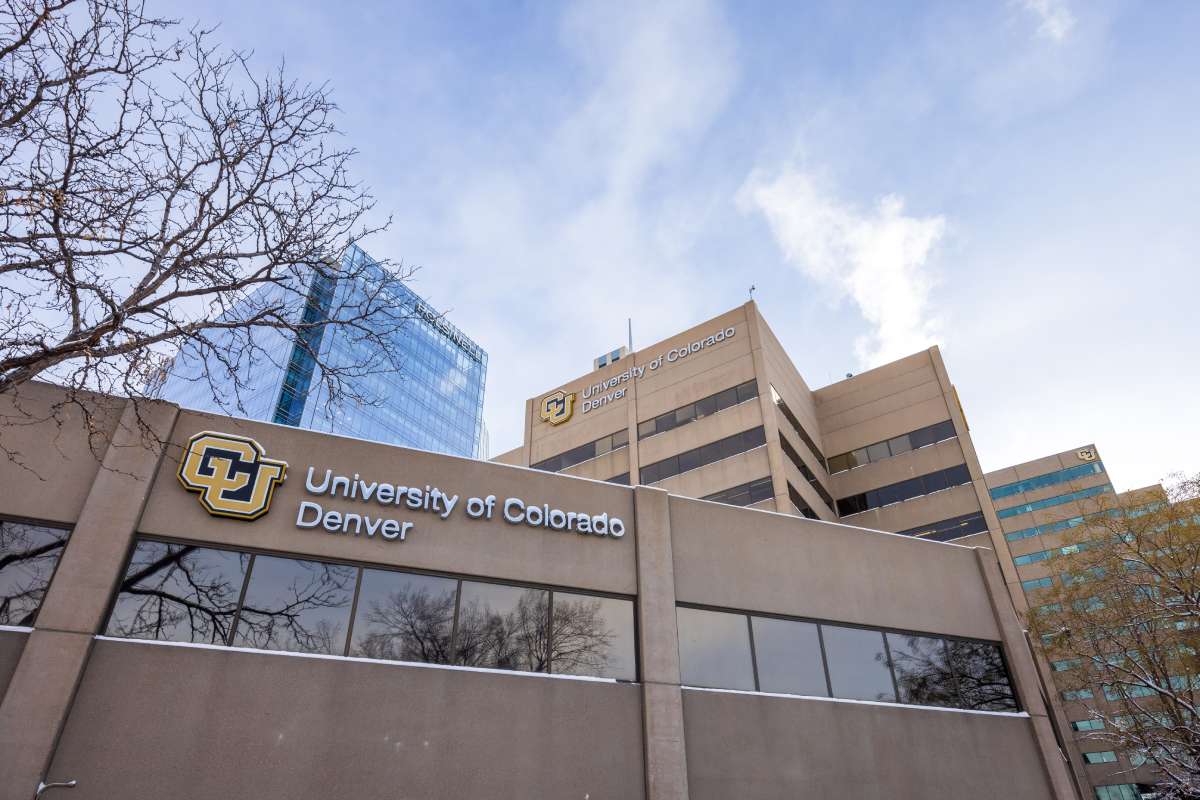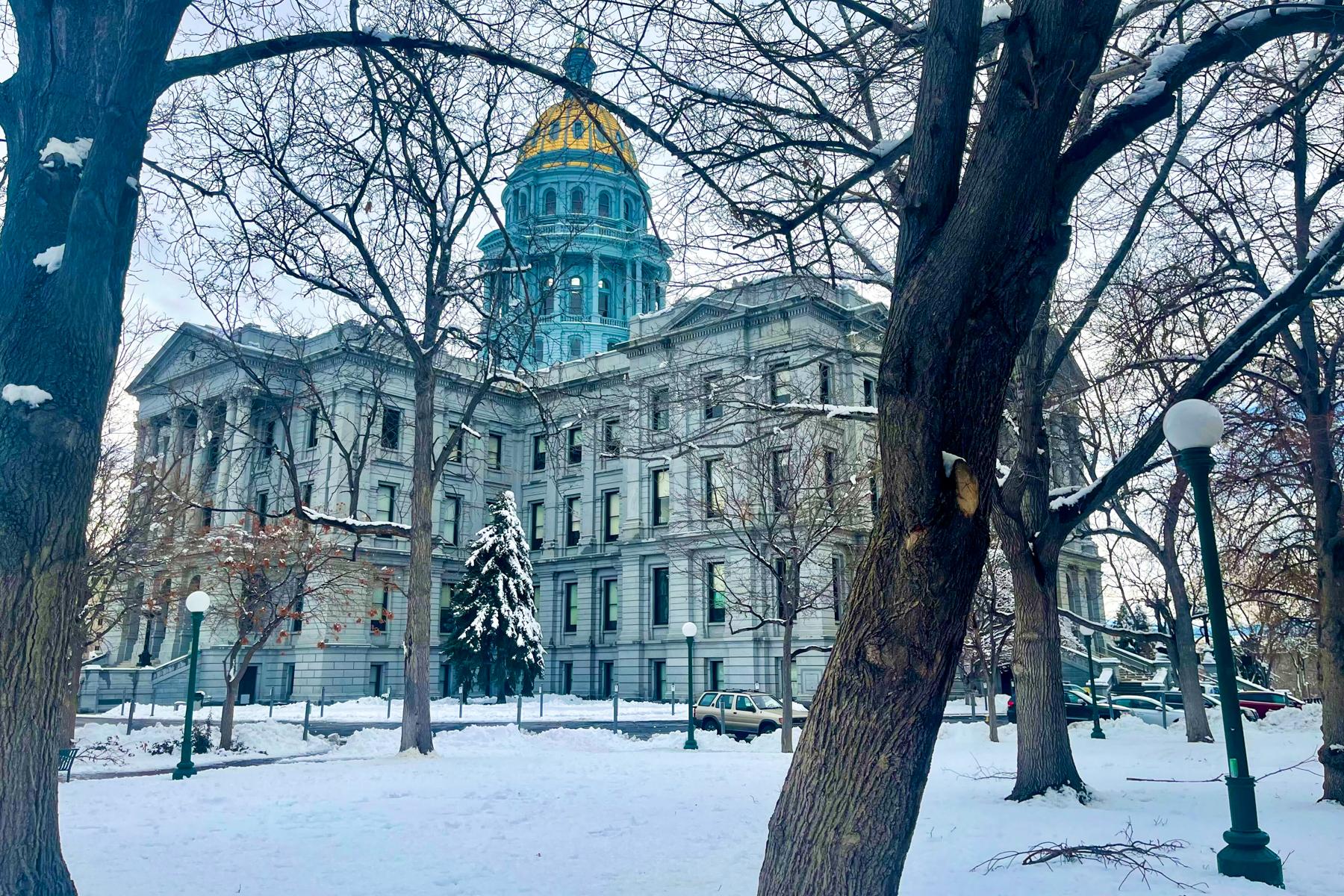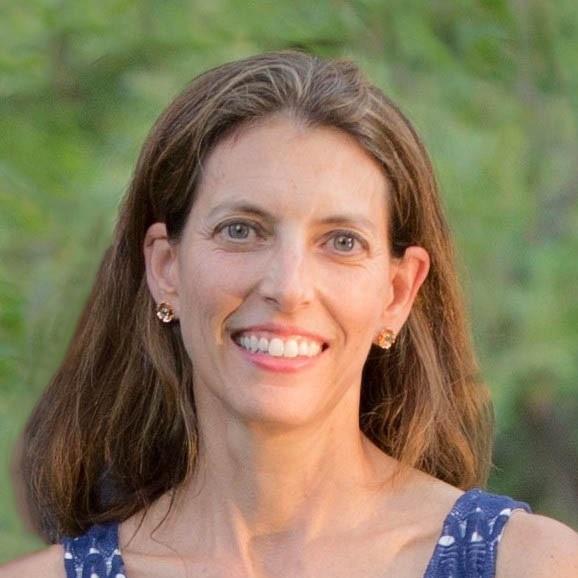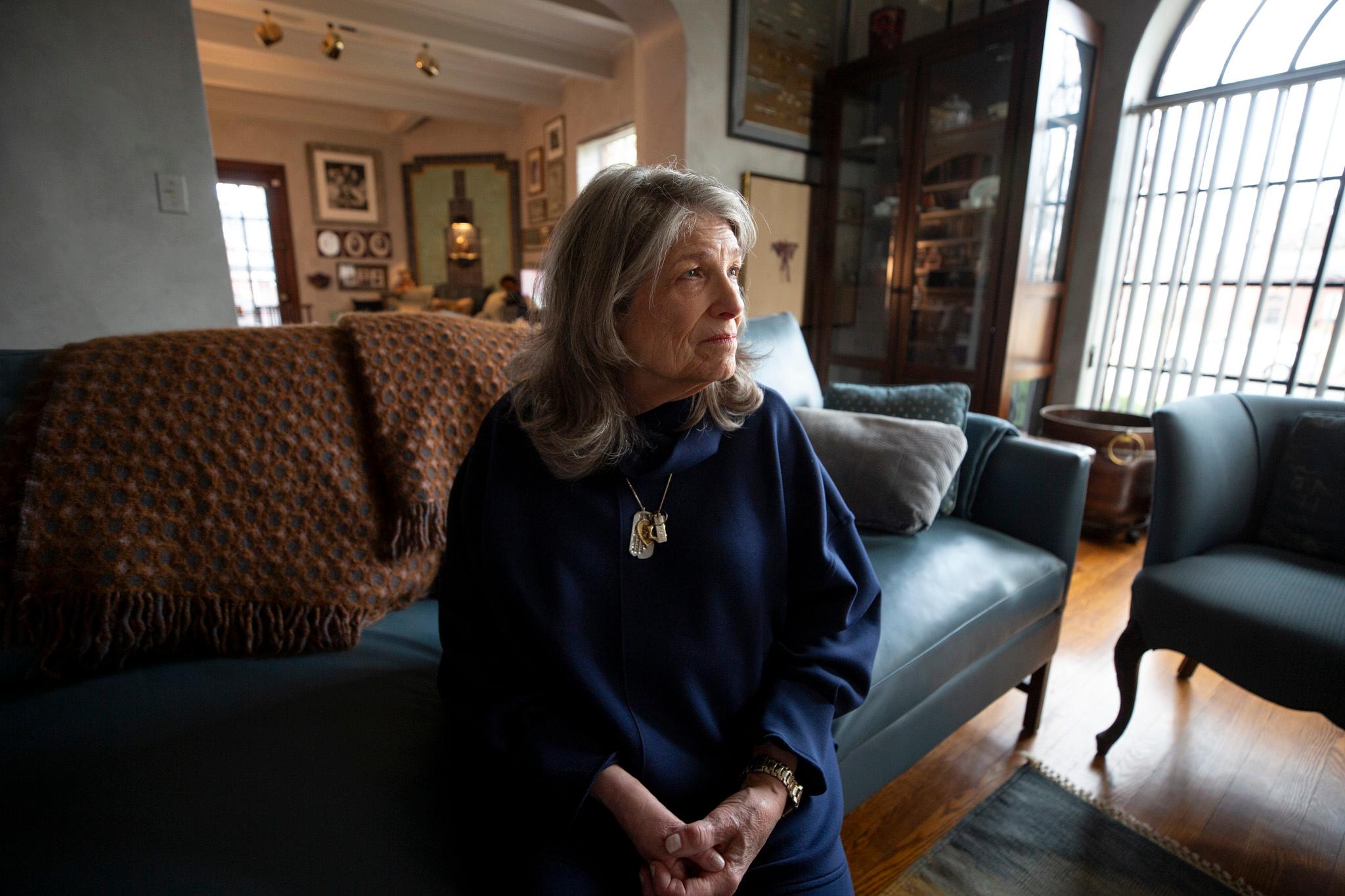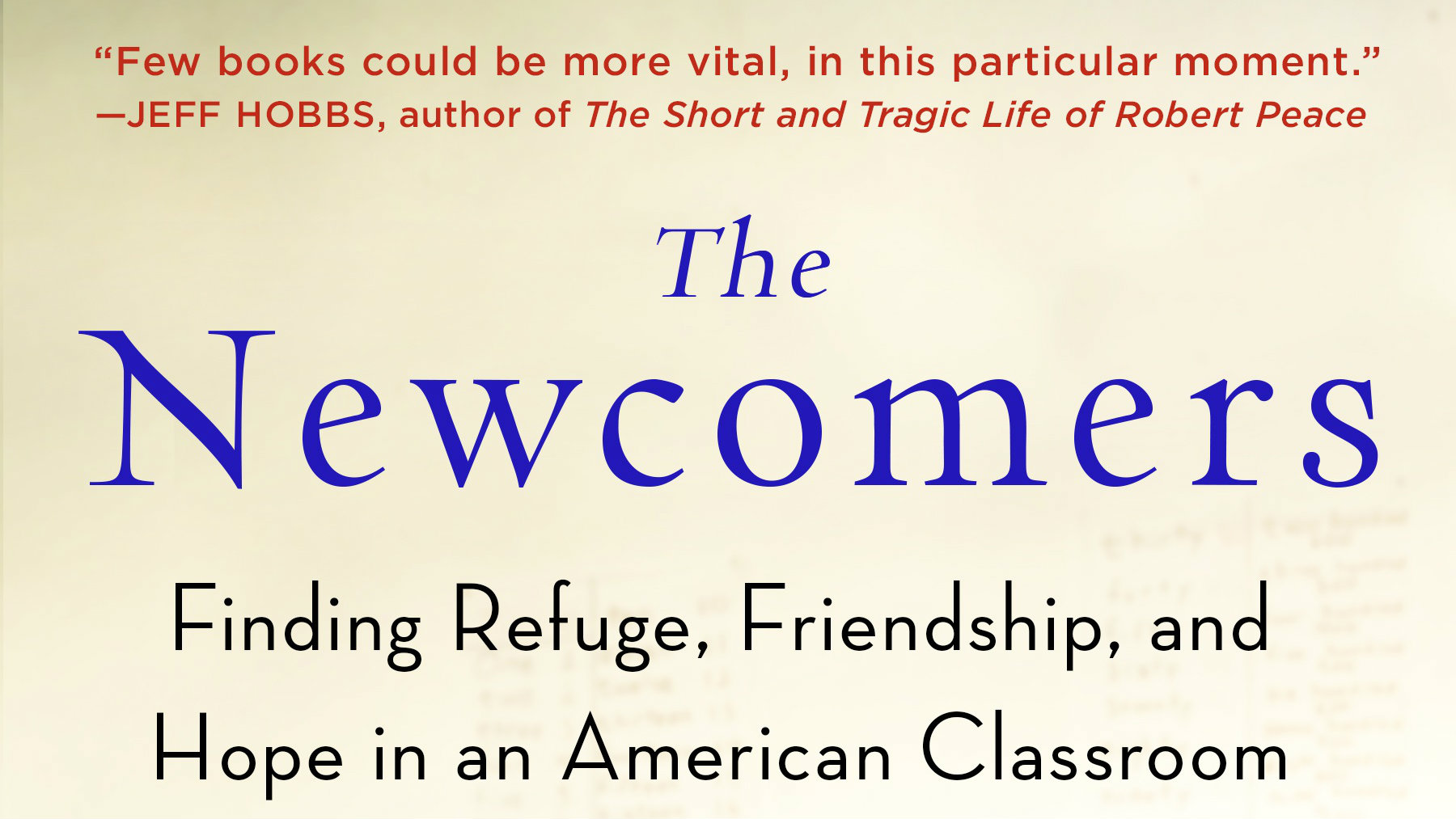
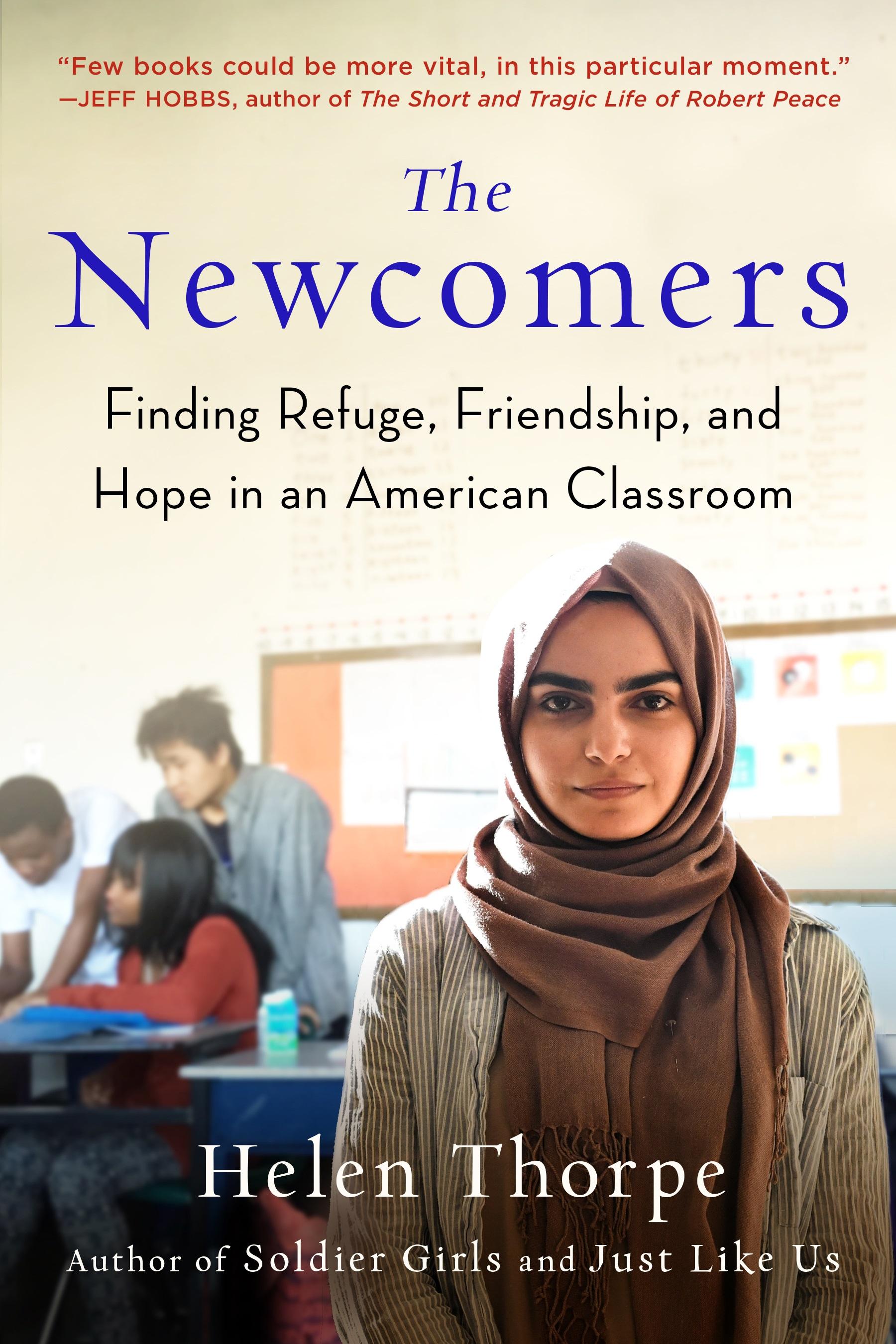
The scene inside a Denver classroom reveals students from many countries with one big thing in common: They're recent refugees to the United States, struggling to learn English and to deal with a culture that's not just new but sometimes hostile to them.
Denver author Helen Thorpe spent the 2015-16 school year inside what's called the Newcomer's Class at South High School to chronicle the lives of students making new lives in the U.S. Her time at South came amid the anti-immigrant rhetoric of the 2016 presidential campaign. Thorpe spoke with Colorado Matters about her new book, "The Newcomers."
Read an excerpt:
Nice to Meet YouOn the first day of school — it was going to be a ninety-degree scorcher and you could already feel the air starting to shimmer — Eddie Williams jogged up the four stone steps at the main entrance to South High School half an hour before the first bell rang, eager to meet his new students. THE LIVES OF MEN, THE CUSTOMS OF PEOPLES, AND THE PAGEANTRY OF NATIONS CHART THE COURSE OF TOMORROW proclaimed a large mural by the front door. The teacher was a tall man, six foot four inches in his socks, with an athletic body (when there were no kids in the building, he sometimes used the many staircases in the school for exercise), short black hair, and a clean-shaven, angular face. He was thirty-eight years old, but could have passed for twenty-eight. Earnest, ardent, industrious, kind, and highly sensitive were traits that came to mind when I thought about the parts of himself this teacher brought into his classroom, week in, week out, all year long. He almost always dressed conservatively, in long-sleeved dress shirts and chinos, and his wardrobe often made me think of leafing through an L.L.Bean catalog, but that day he was wearing a short-sleeved purple South High polo shirt. All the teachers had put on purple shirts, that being the school color, so that the students could easily see whom they should turn to if they had a question about how to find a particular classroom, how to read the confusing schedules they carried, or where they could find the school’s elusive cafeteria, way up on the fourth floor. Mr. Williams usually avoided short-sleeved shirts, even in August, because they revealed the dark blue tattoo that circled one of his biceps, and he feared his students might misinterpret the inked designs as macabre, given their backgrounds. He worked diligently to communicate in all sorts of ways that he was a person they could trust. Mr. Williams had inherited his Anglo father’s rangy height and propensity to freckle, along with his Latina mother’s dark eyes and hair. Fluent in both Spanish and English, he was the sort of teacher who devoted an enormous portion of his warmth, vitality, and intellect to his students. South was a century-old castlelike structure that stood on the edge of a rolling, green, 160-acre park in central Denver, Colorado. The rectangular park boasted meadows, manicured flower gardens, two lakes, a lily pond, meandering carriageways chock-a-block with Lycraclad joggers, ten much-in-demand public tennis courts, and the busiest recreation center in the city. The grand old homes that ringed the park were selling for upward of $1 million, while modestly sized homes nearby that did not look directly onto the park might sell for half that amount. The neighborhood public high school was a popular choice, even for families who possessed significant wealth. Most of the classrooms were crowded with noisy, chattering teenagers. That morning, however, as he looked around his room, Mr. Williams saw many empty chairs and only seven students. The teenagers assigned to him wore shut-door expressions on their faces. Nobody in the room was talking, not even to one another. The teacher had expected this, for his room always got off to a quiet start. “Welcome to newcomer class!” he said, in a deliberately warm tone of voice. “My name is Mr. Williams. What is your name? Where are you from?” The seven teenagers who had reported to Room 142 made no reply. Just the act of showing up by 7:45 in the morning had required enormous fortitude. It was August 24, 2015, and the students had spent on average more than an hour negotiating the local public transit system to get to the school. They lived crammed with other relatives into small houses or one- or two-bedroom apartments located in far-flung neighborhoods nowhere near this upscale zip code, in parts of the city where a dollar could be stretched. Rents had jumped dramatically in central Denver in recent years, and affordable housing could be found only on the city’s periphery, if at all. Getting from the patchwork zones of cheap housing located on the farthest edges of the city to South via the public transit system took dogged commitment, but that was a quality that Mr. Williams’s students typically possessed in abundance. What they did not possess, for the most part, was the ability to understand what he was saying. “Welcome to newcomer class!” the teacher repeated, taking care to enunciate each word deliberately. “My name is Mr. Williams. What is your name? Where are you from?” Mr. Williams often said things twice. It gave his lessons a singsong quality. The students continued to stare back at the teacher without speaking. The technical description for what was happening is “preproduction,” which in the academic literature about language acquisition is also known as “the silent period.” The vast majority of second-language learners begin in a quiet receptive phase, able to produce hardly any English themselves, even as their brains furiously absorb everything being said by their teacher. That year, about sixteen hundred teenagers attended South High School, and roughly one-third had been born in another country. South served as a regular neighborhood school that drew many English-speaking students as well as the designated destination in the Denver Public Schools system for students who spoke foreign languages other than Spanish and whose education had been interrupted. This meant South handled the bulk of the city’s teenage refugees, for it was primarily children in those families who had significant gaps in their education. War—that was what generally caused children to be unable to attend school for long periods of time. About three hundred students at South were presently enrolled in English Language Acquisition classes, and hundreds more had taken those classes in years past. Among them were students who had seen every kind of catastrophe on the planet. The other two-thirds of the student body had always lived in the United States and had been speaking English since birth. Of all the students jammed into the vast five-story building, the seven souls in Mr. Williams’s room had been evaluated as knowing the least English. If any teacher in the building wound up working with a child who had just arrived in the United States as a refugee and did not yet know anything about life on this side of the globe — how to ask a bus driver where to get off, what exactly the Broncos were, and whether to eat “spicy chicken” (the cafeteria served that a lot) — it was Mr. Williams. Some people viewed ELA students as occupying a place on the low end of the scale, socially. Eddie Williams disagreed; he saw the chance to work with these teenagers as an extraordinary, life-changing experience, one that lit up his own days with meaning. What took place inside his room always struck him as being as close to a bonafide miracle as he was likely to experience. If these students showed up every day, he believed, they would evolve and heal and adapt and flourish. Their progress might be achingly slow at first, but after a while they would accumulate small victories with rapidity—he had seen it happen before. The closed faces of the students before him would unlock. Not right away. They were still getting acclimated to so many things: the weird sound of American-accented English, the frighteningly large new urban high school, their strange-looking teacher, and the idea of students changing classrooms throughout the day (in many parts of the world, teachers changed rooms). They were still learning the unfamiliar transit routes to and from South and still getting used to homes made of building materials radically different from any structure they had ever lived in before. Even the weather wasn’t like the weather they had known previously. But one by one, the students would get over the enormous shock of it all and start speaking back to him, he knew, and ultimately the whole room would be transformed. He also knew that these seven students were only the first to materialize. Over the coming year, the strife-ridden parts of the planet would dispatch many more students to Mr. Williams, he was sure. They turned up that way every year—higgledy-piggledy, not when the calendar advised. Some of them would arrive looking alarmingly thin. They could be anywhere from fourteen to nineteen, and a few would not know exactly how old they were. They came from nations convulsed by drought or famine or war, countries that were barely countries anymore. Many came directly from refugee camps. Every so often, he got a student who arrived in the United States alone, having left or lost every other member of his or her family. The students walked into his room dazed at the abruptness of the transition, looking profoundly lost. And then they started over—started to figure out where they were, started to wonder who he was, started to ask whether to call this place home. Mr. Williams knew the additional students would come because they always had, and because for several months the front pages of newspapers like the Denver Post, the New York Times, and the Wall Street Journal had been filled with photographs of homeless multitudes. Over the summer, the news cycles had been consumed by reports of Middle Eastern asylum seekers arriving by the boatload in Greece and then walking to Germany. Millions of Syrians had been forced from their homes by the civil war gutting that country; in neighboring Iraq, millions more had been uprooted by a decade of fighting; additional millions had fled escalating violence in Afghanistan. The massive movement of people around the Middle East had thrown the whole region into turmoil. Meanwhile, wars of even longer duration in Asia and Africa had inundated camps in those regions with refugees, too. A total of fifty-nine million people around the world had been displaced from their homes as of that year, according to the United Nations—more than at any point since World War II. Because it provided services that drew such families, South High School’s population mirrored the state of the world. Twenty years earlier, when the school first put its expanded English Language Acquisition program into place, many of the foreign-born students who walked into the front office had been from Bosnia. Generally, they had been well educated, although perhaps they had missed one or two years of schooling, and they typically lacked English; getting them up to speed had been, in hindsight, relatively straightforward. After the school began its second decade of work with students from other parts of the globe, the front office staff had started greeting an increased number of students from the Middle East, especially Iraq and Afghani-stan. Throughout the same period, the school had received large numbers of students from Southeast Asia, primarily Burma, home to the longest-running civil war in the world, a conflict that had raged across its river deltas and its mountain passes for more than sixty years. The school had also welcomed many students from the war-torn parts of Africa—at first from Sudan and Somalia, and later from Eritrea, Ethiopia, and the Democratic Republic of Congo. South did not yet have a large number of Syrians, but they were coming. If war erupted halfway around the globe, Mr. Williams knew in a few years he would see children from that place. Excerpted from THE NEWCOMERS: Finding Refuge, Friendship, and Hope in an American Classroom by Helen Thorpe. Copyright © 2017 by Helen Thorpe. Excerpted with permission by Scribner, a Division of Simon & Schuster, Inc. |

